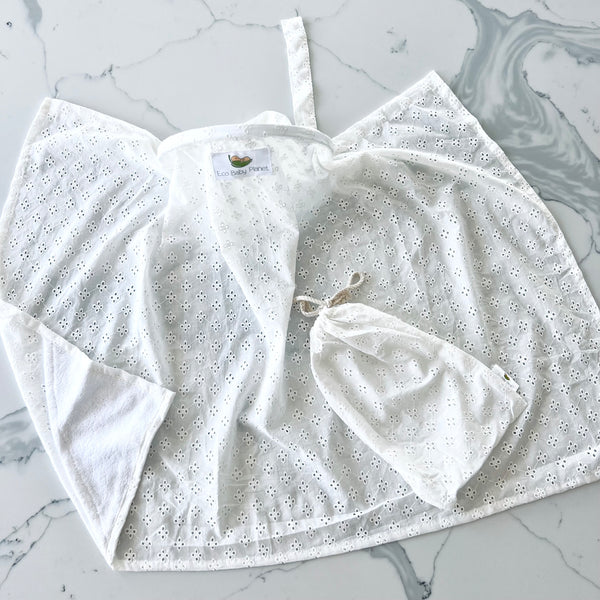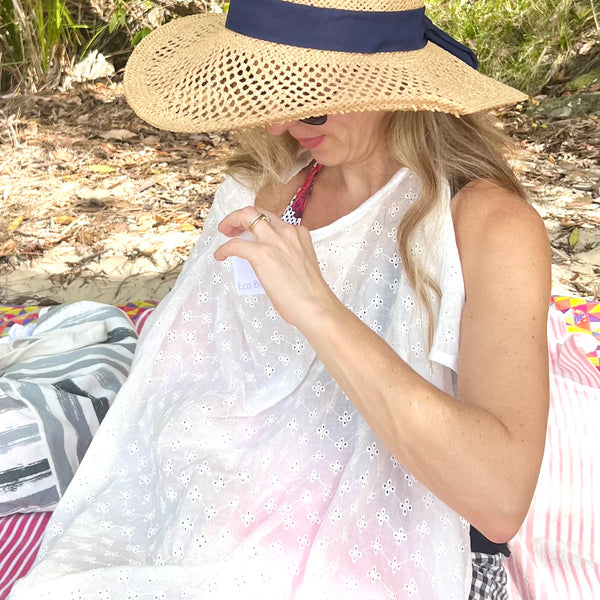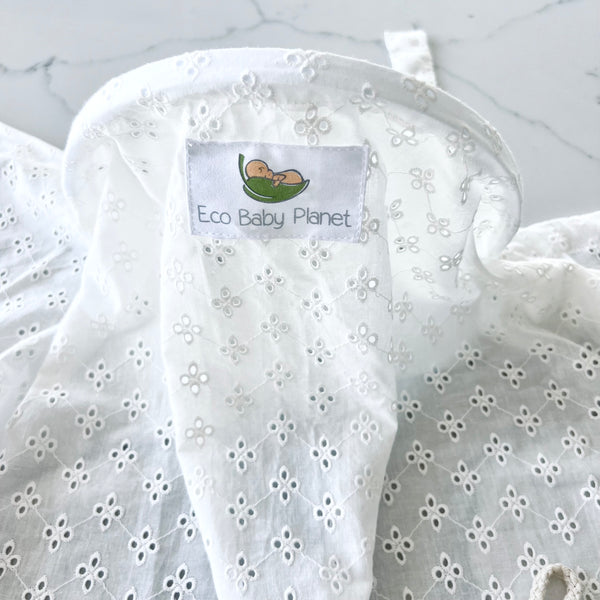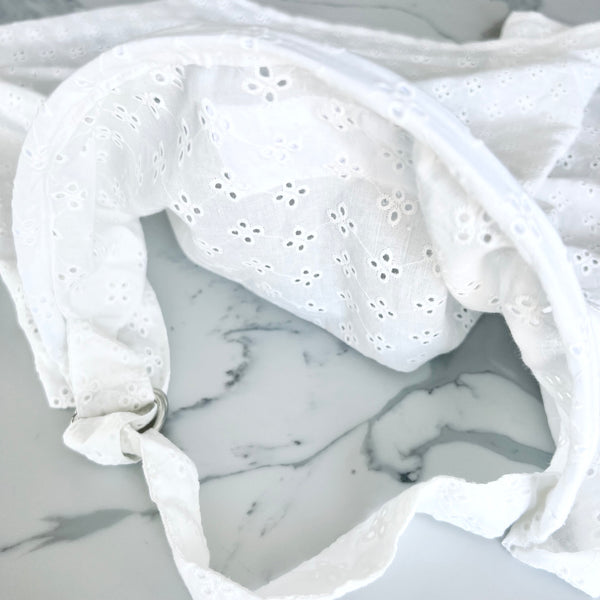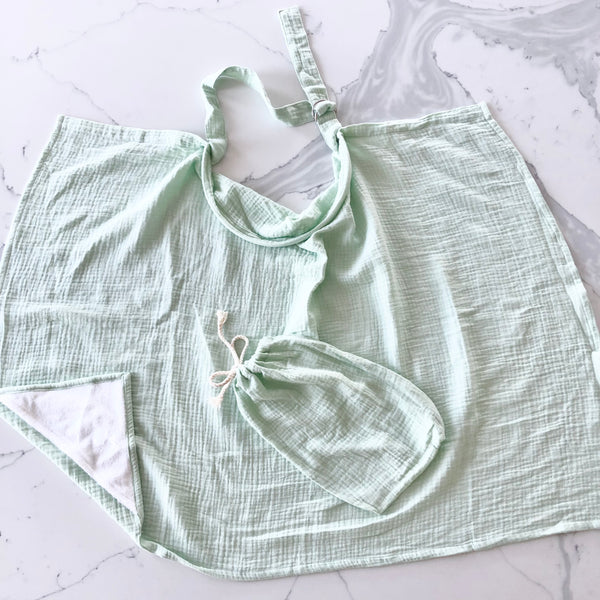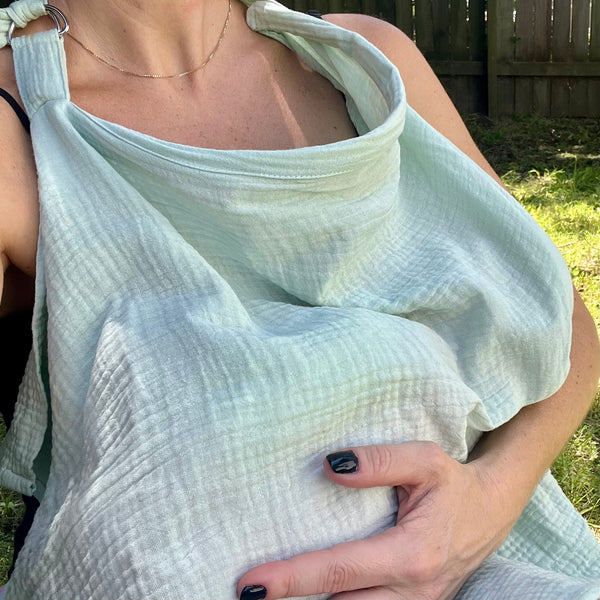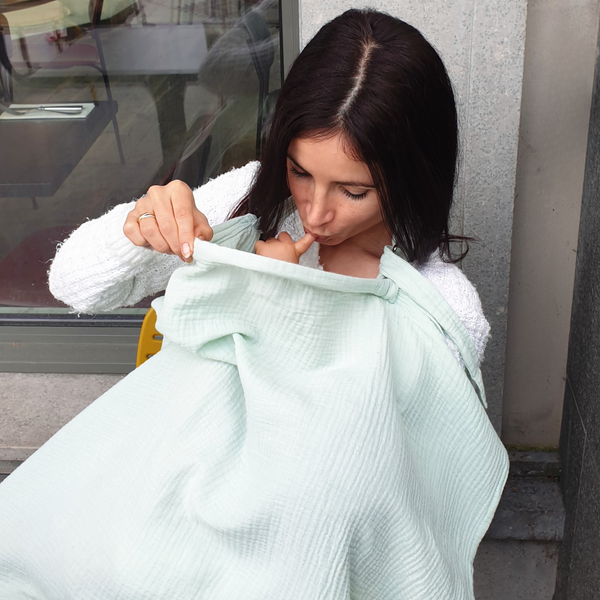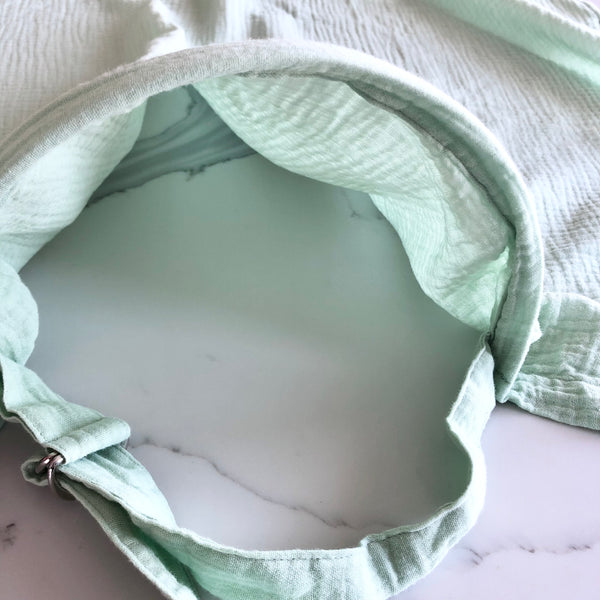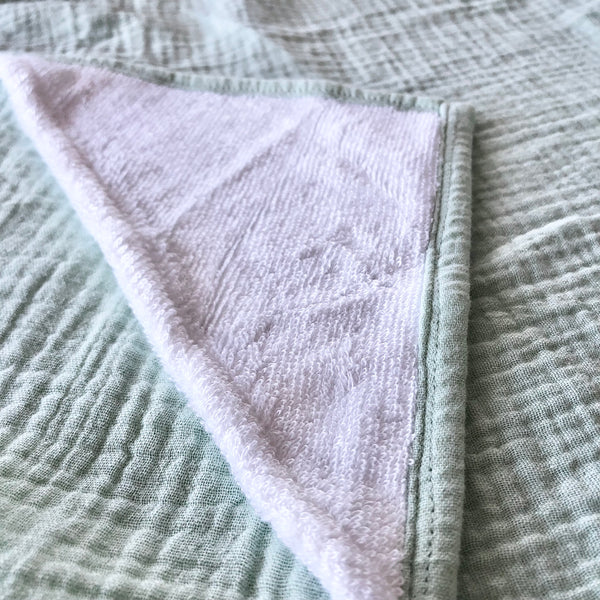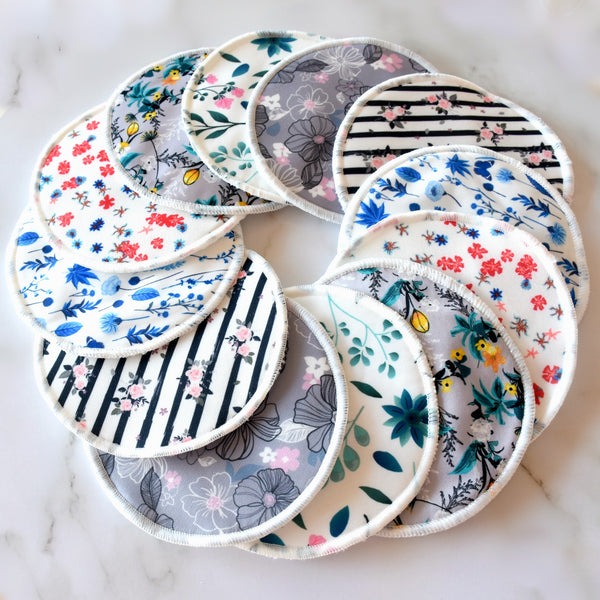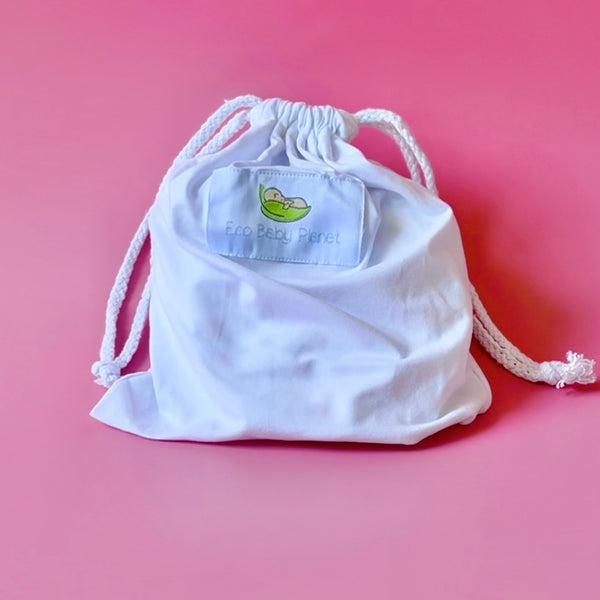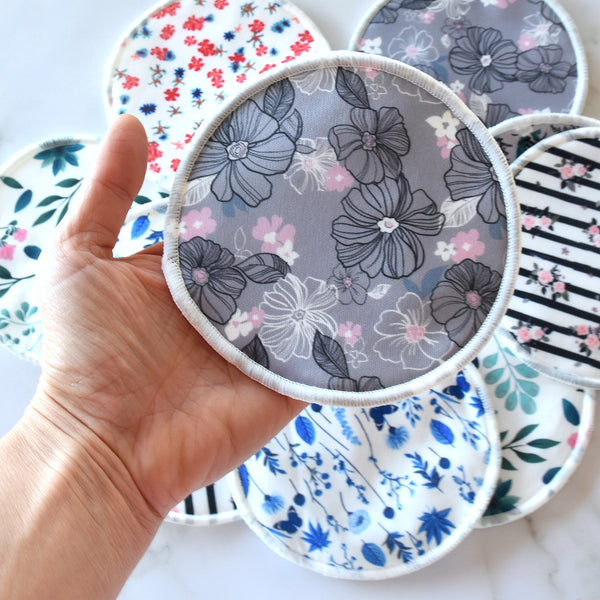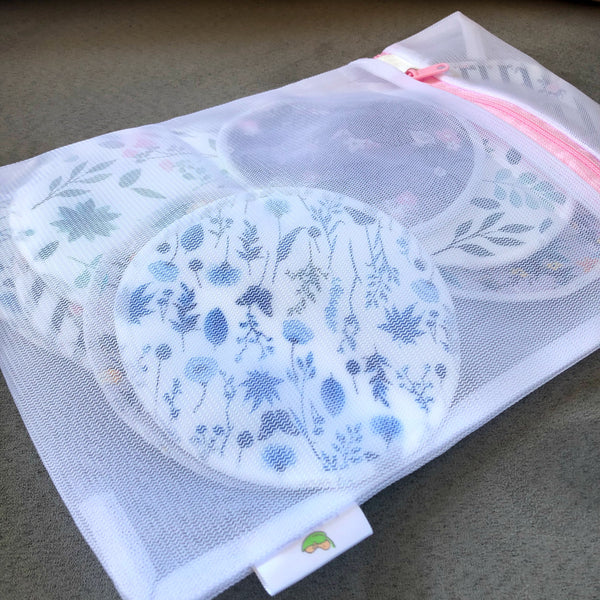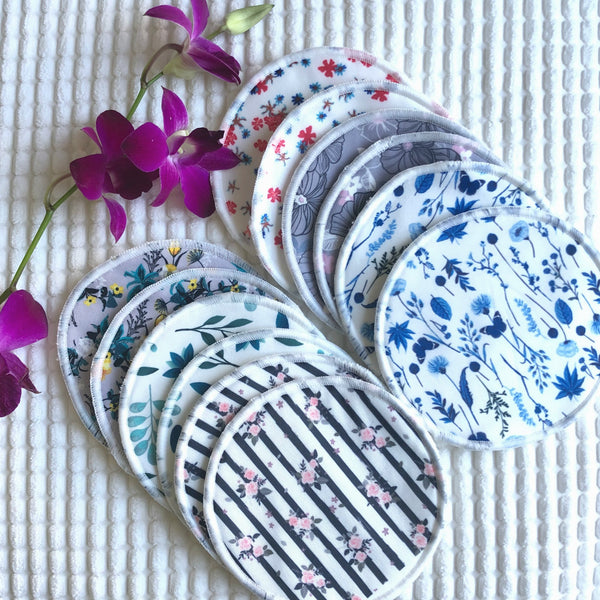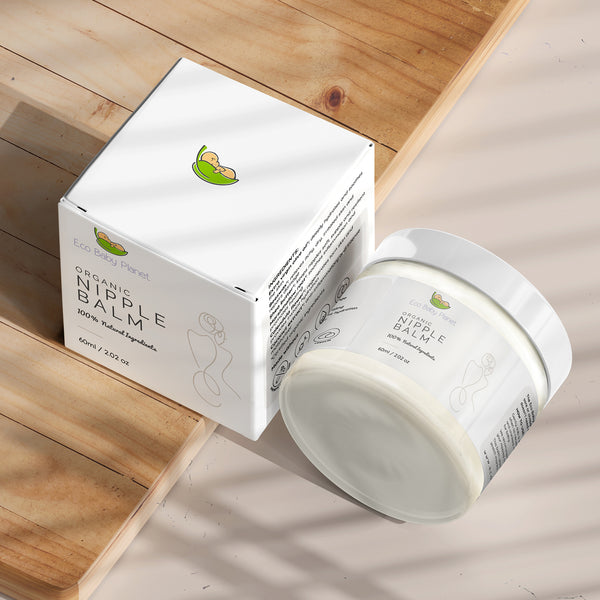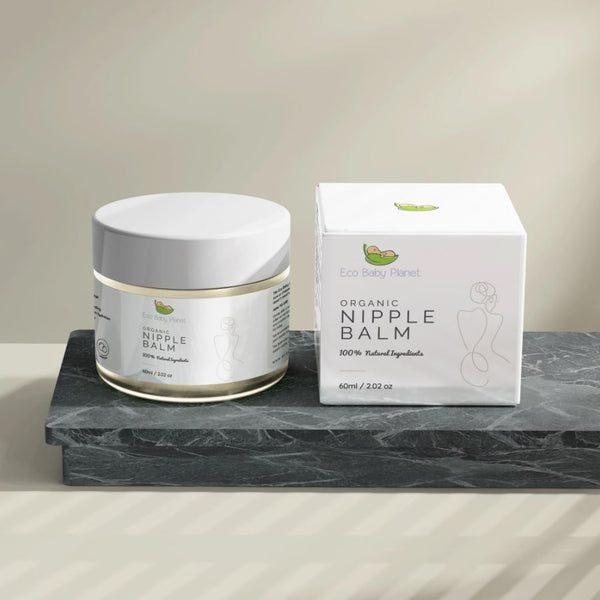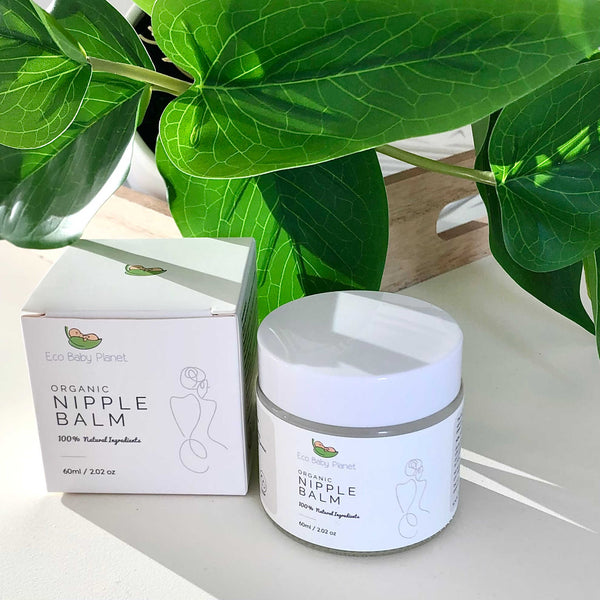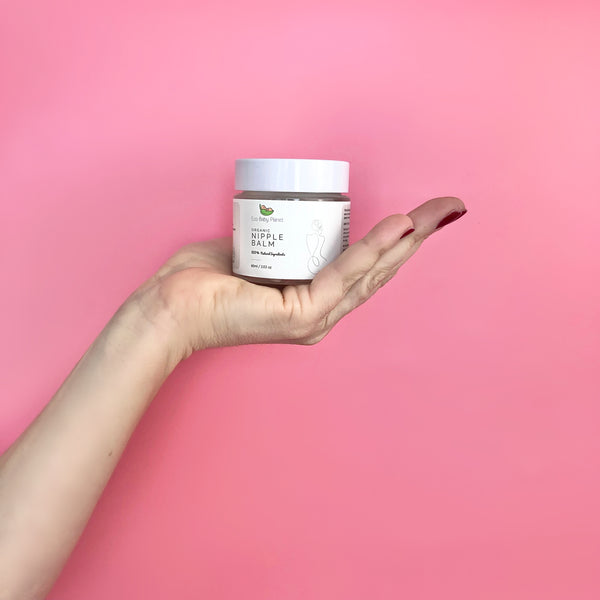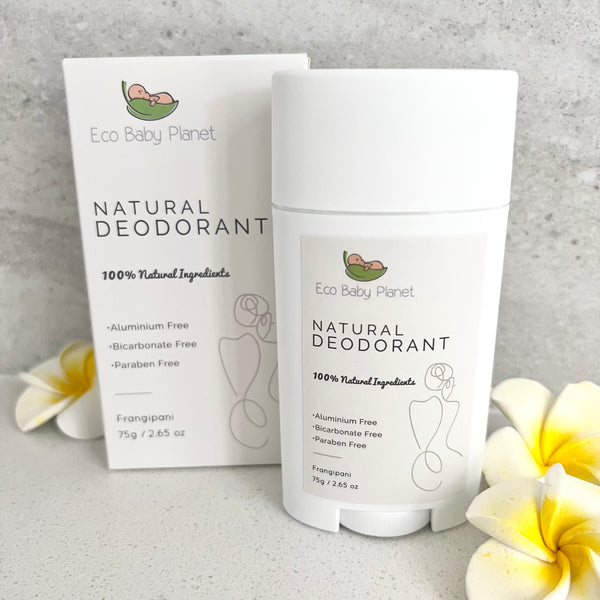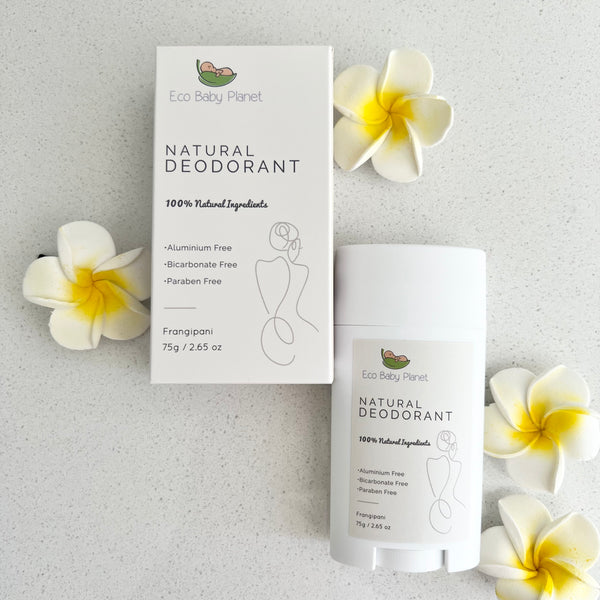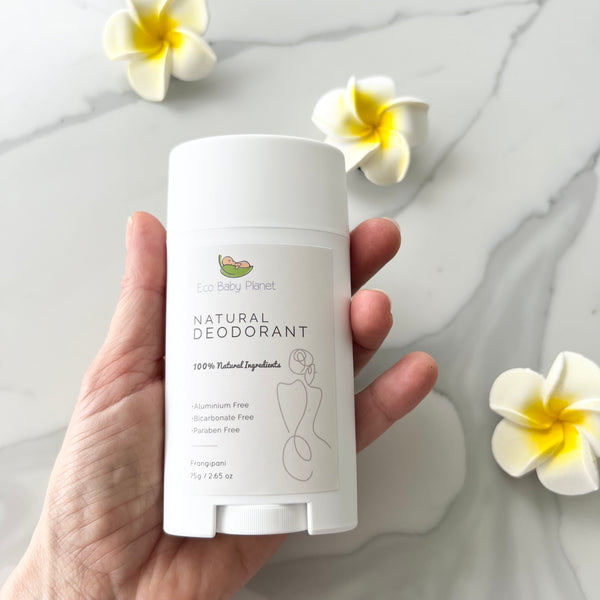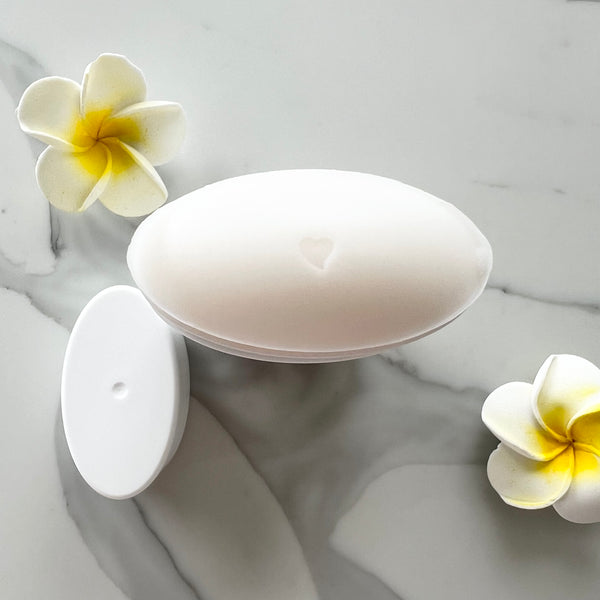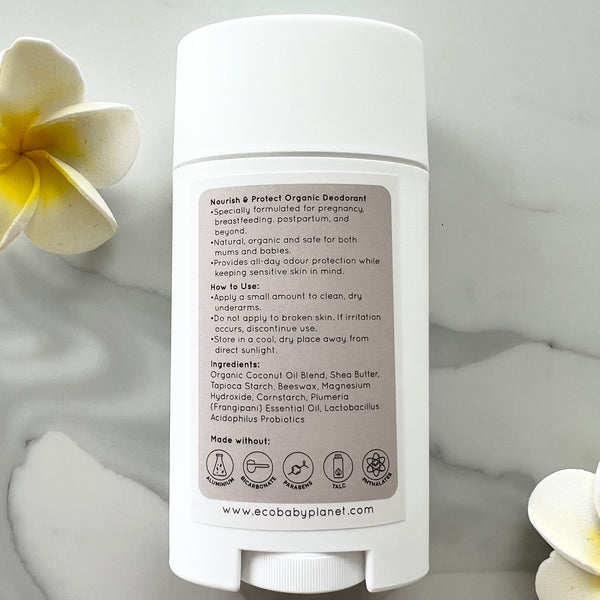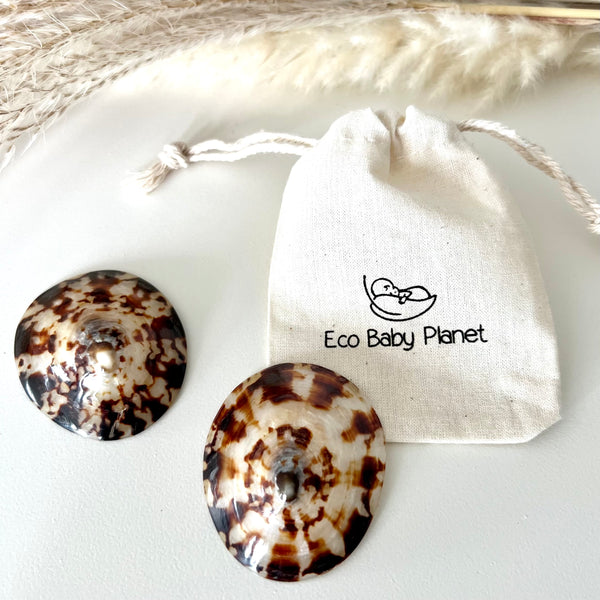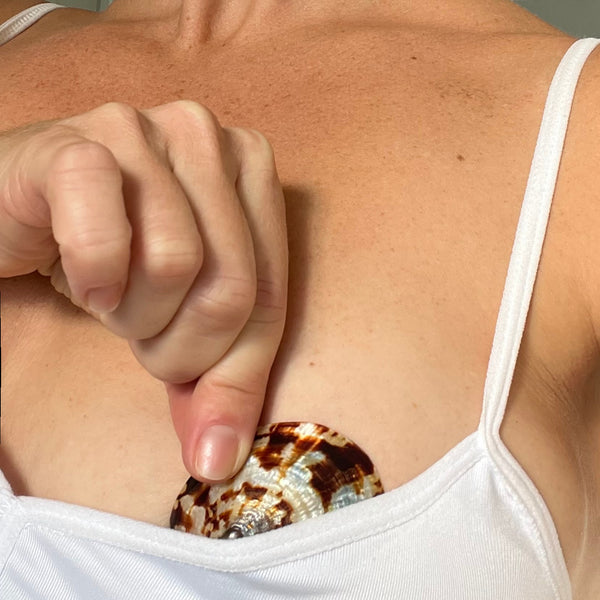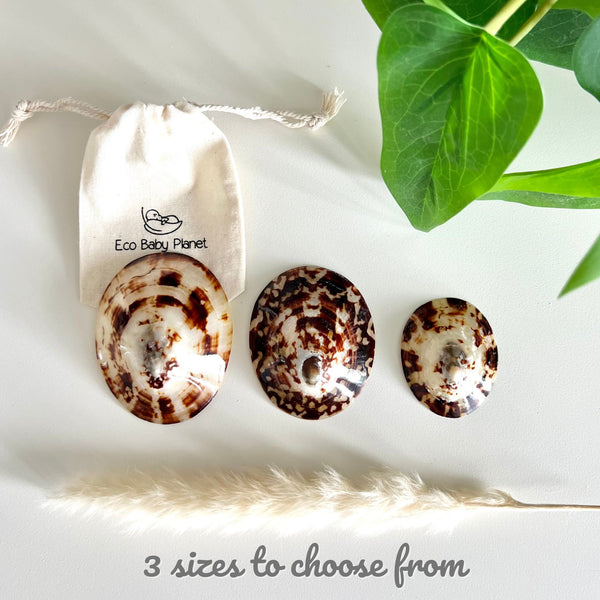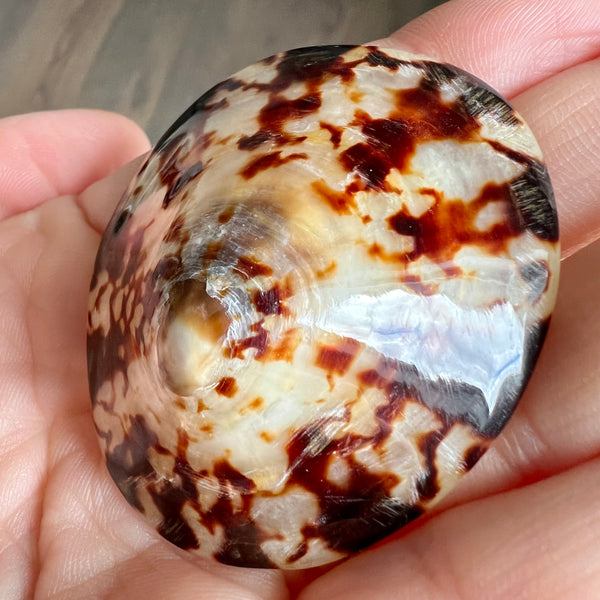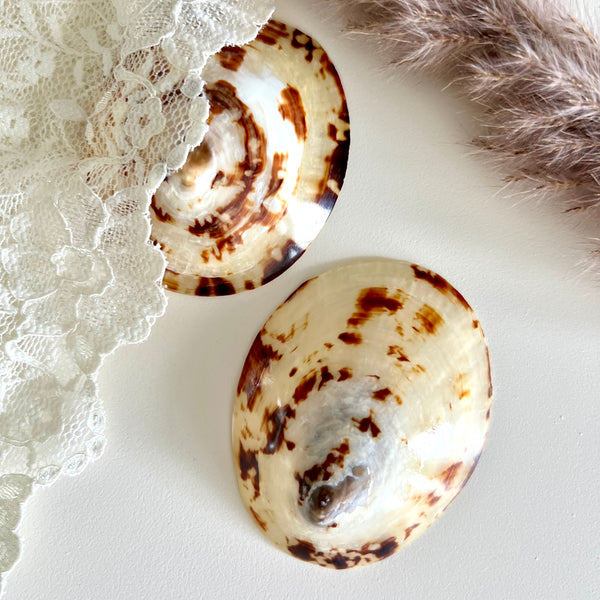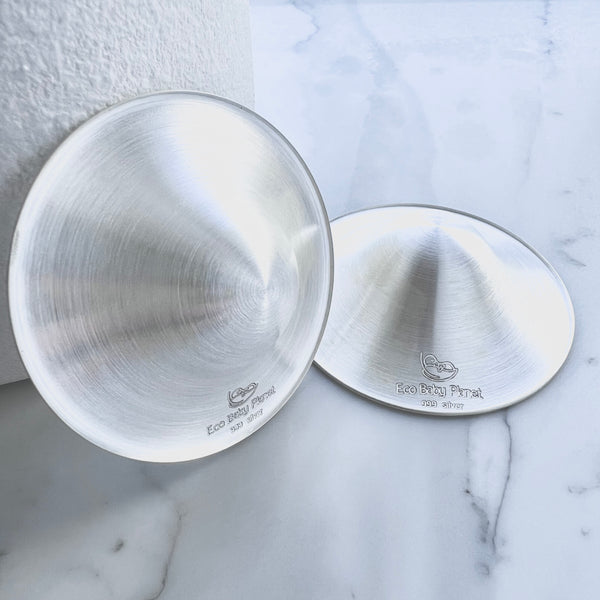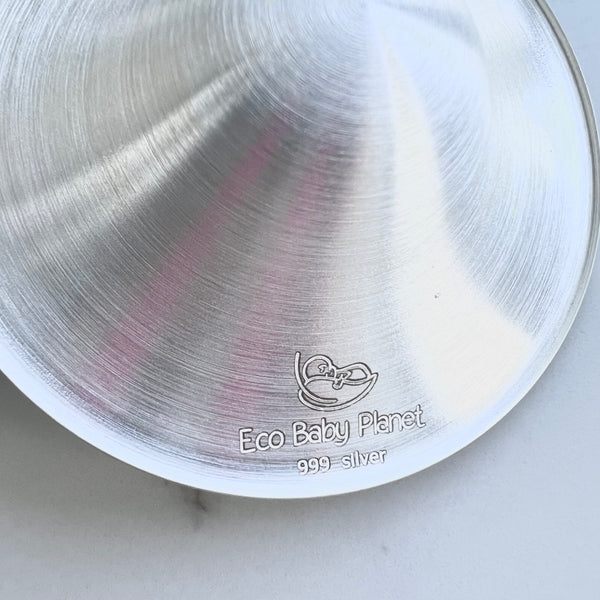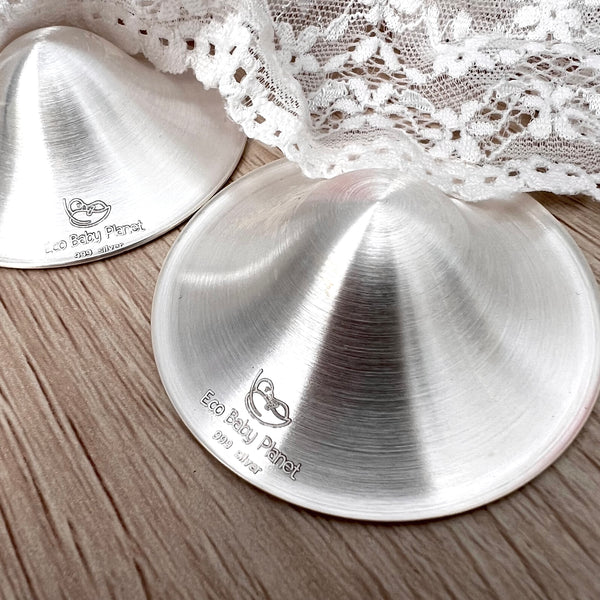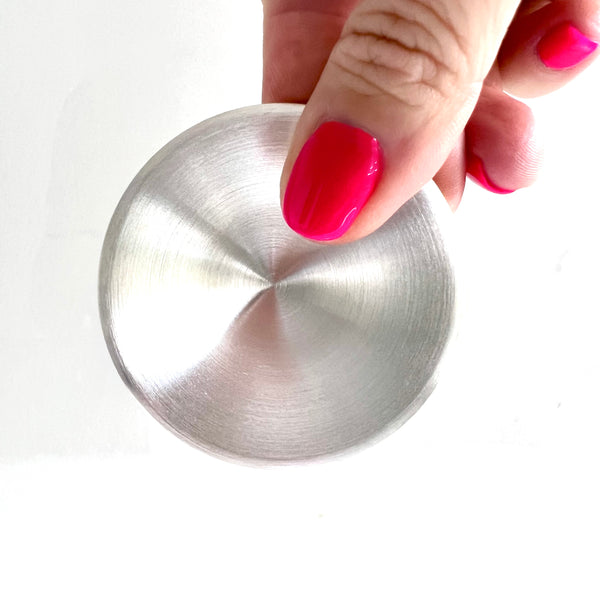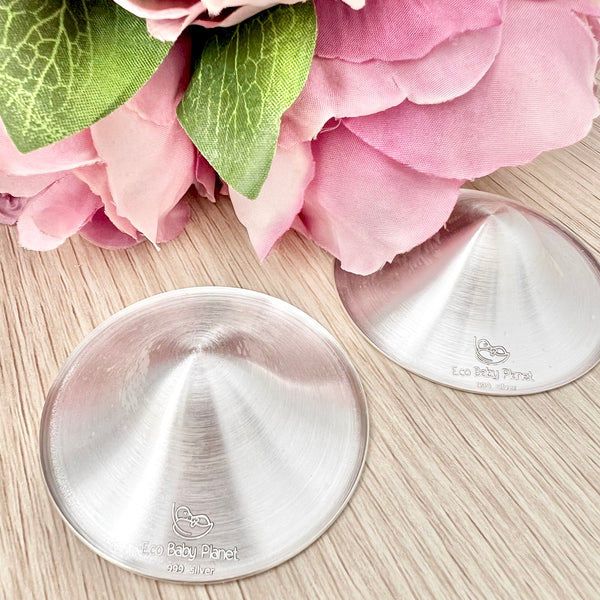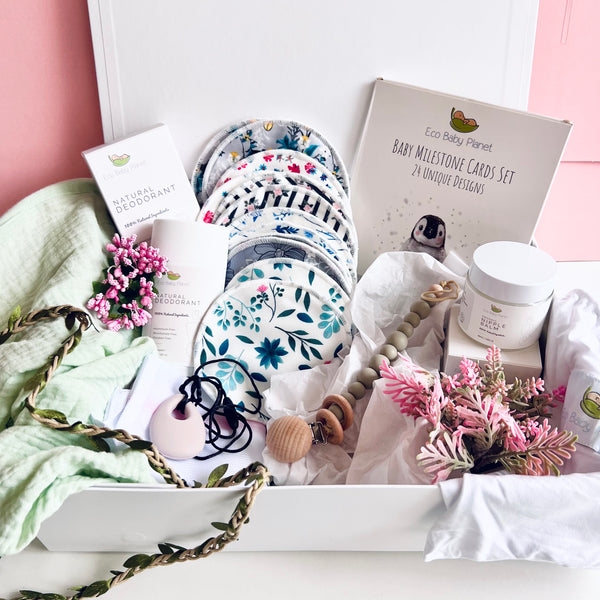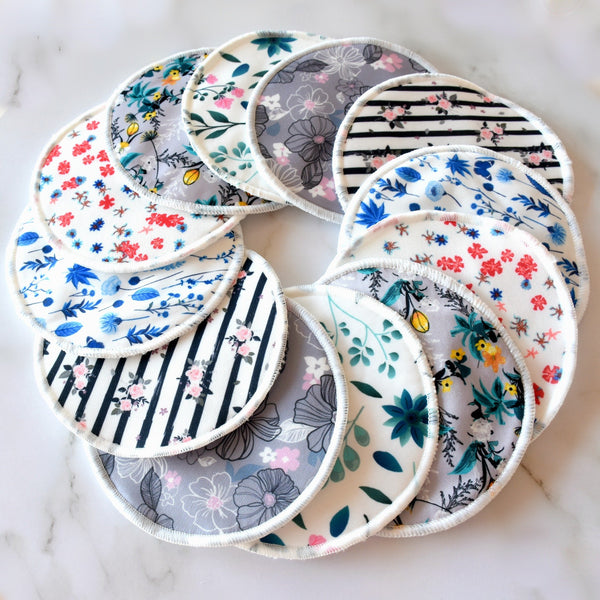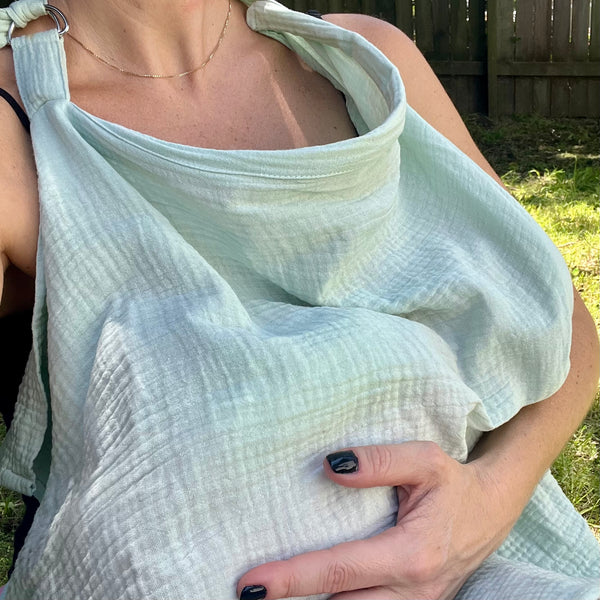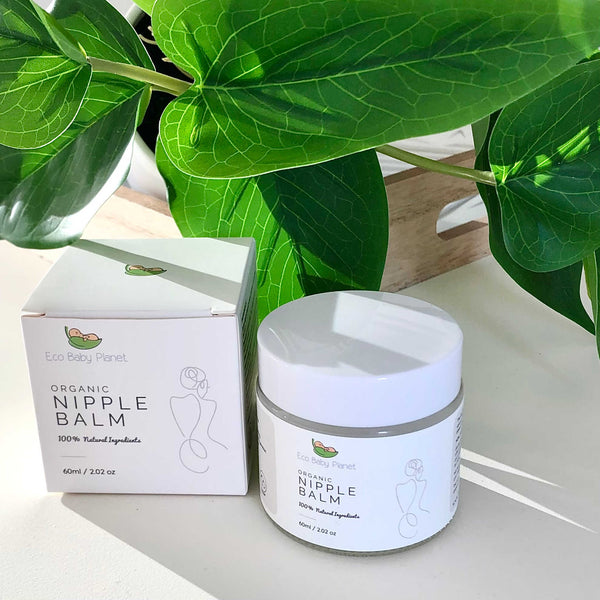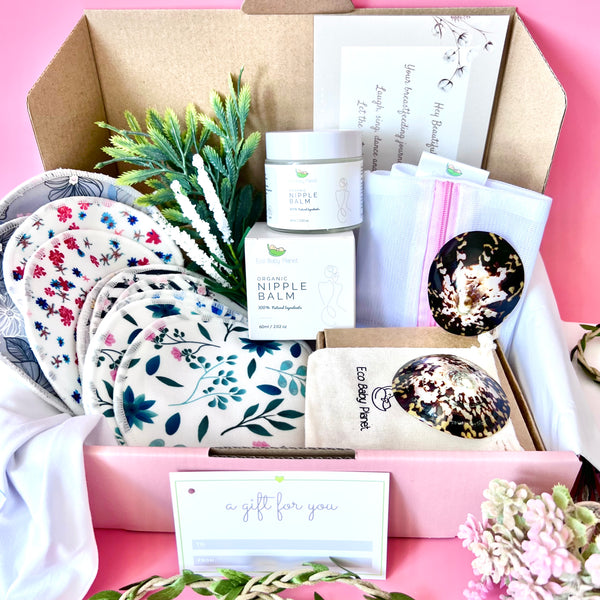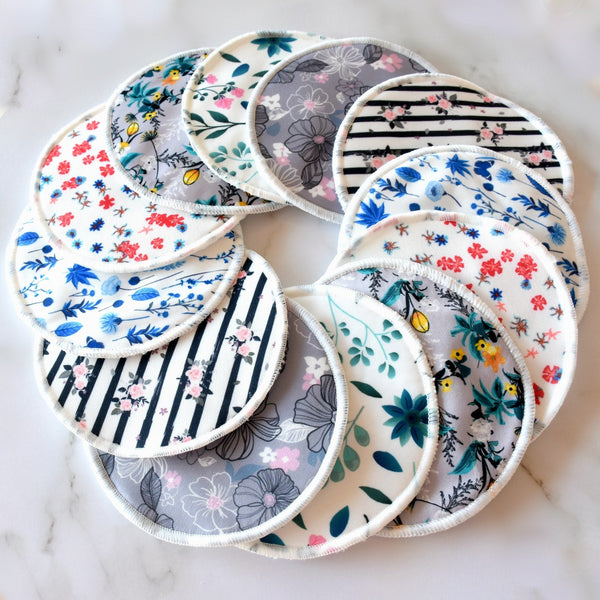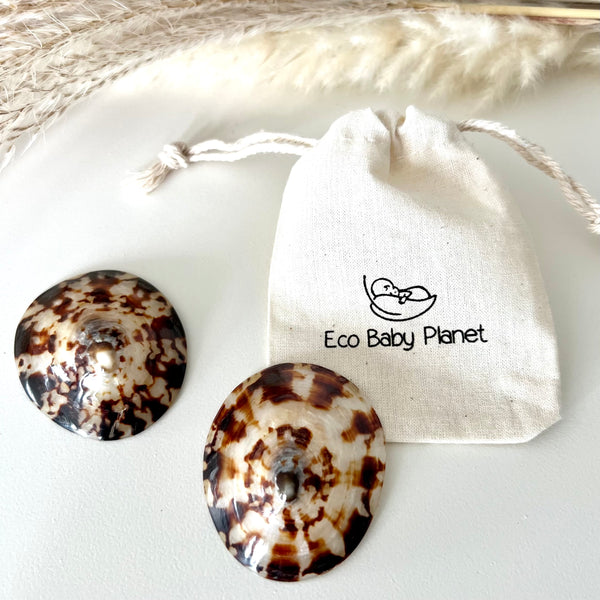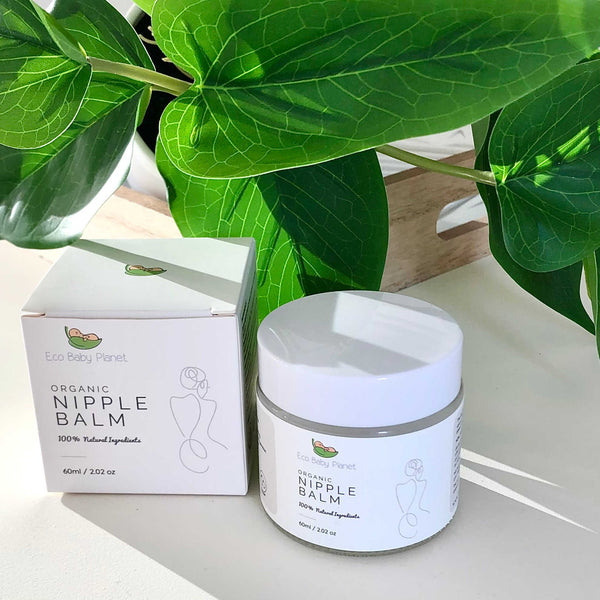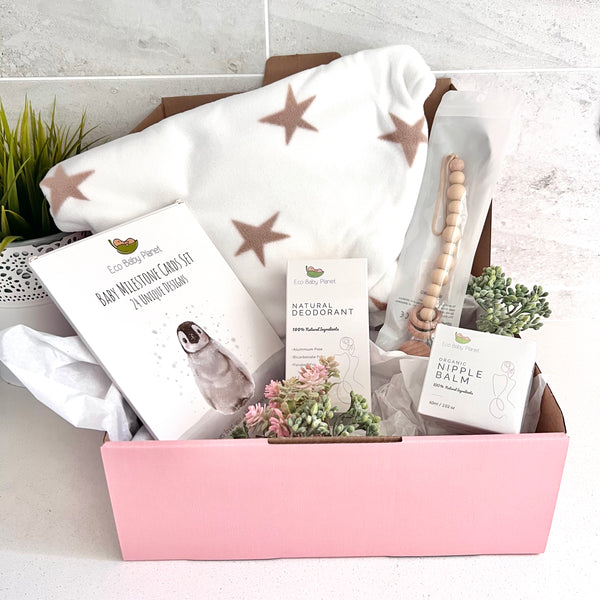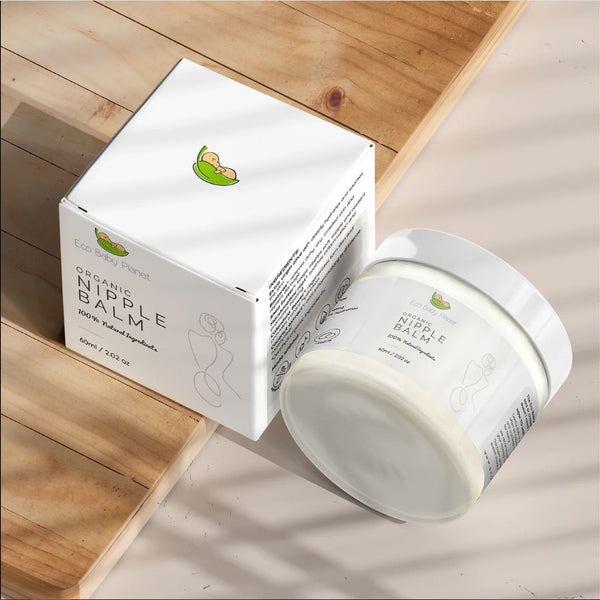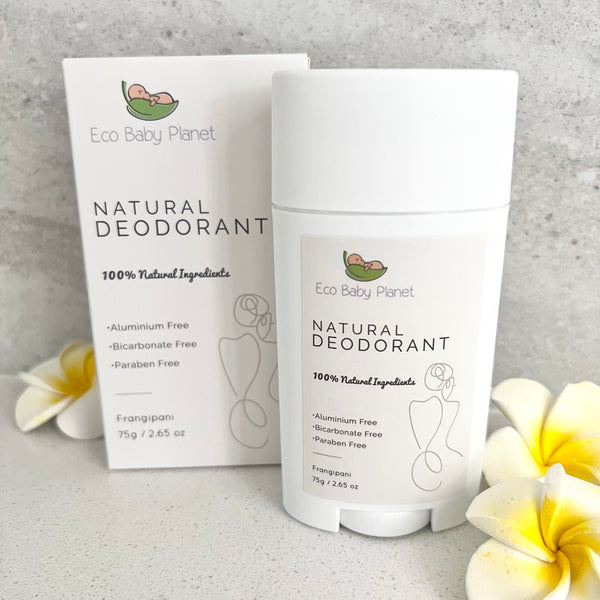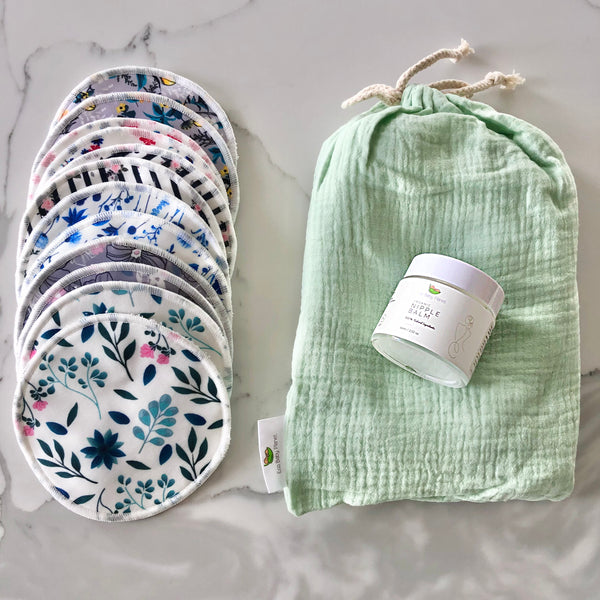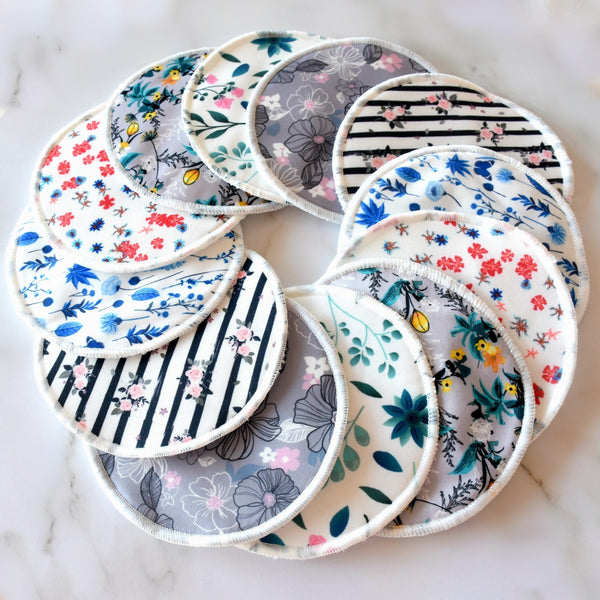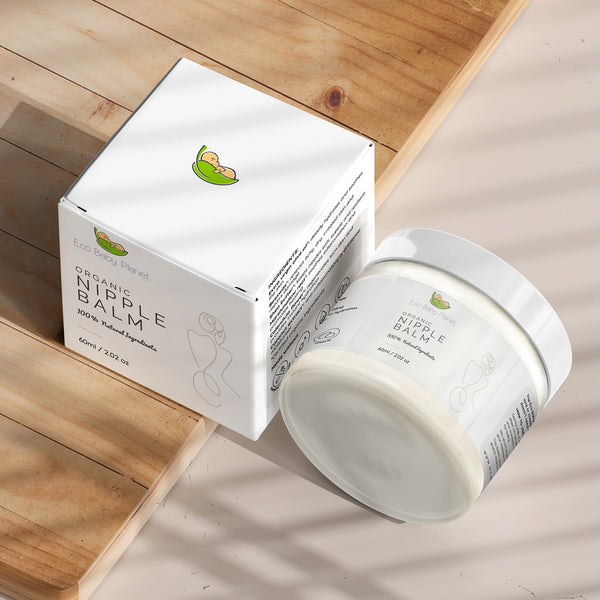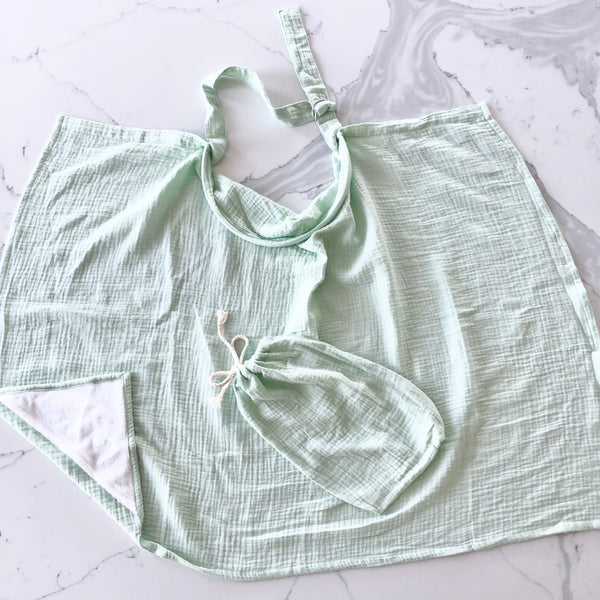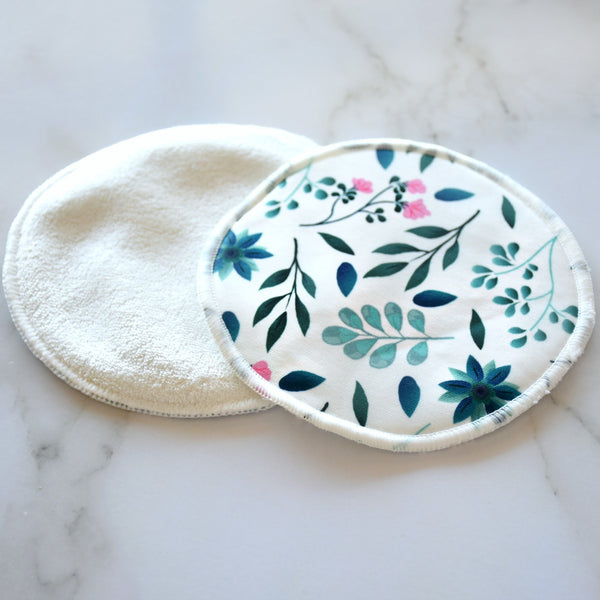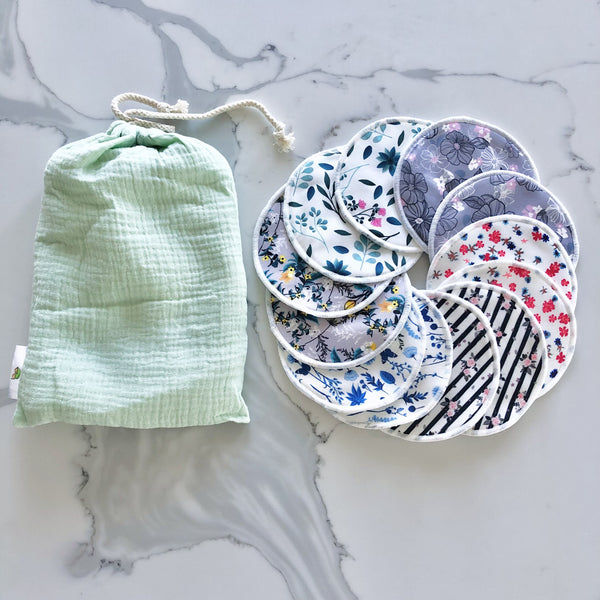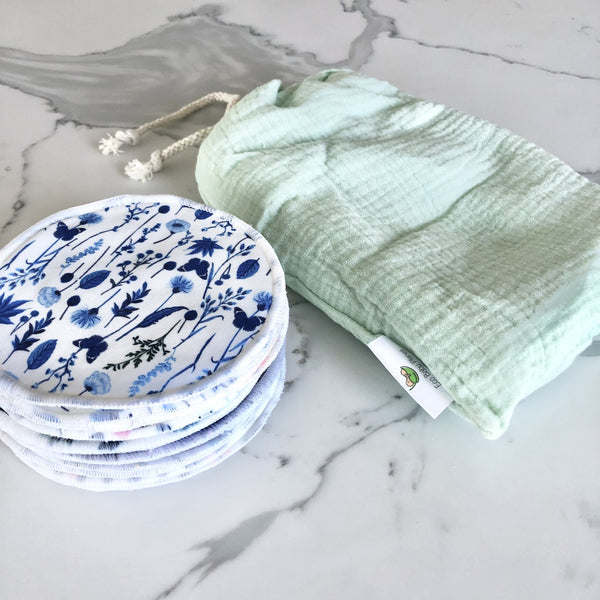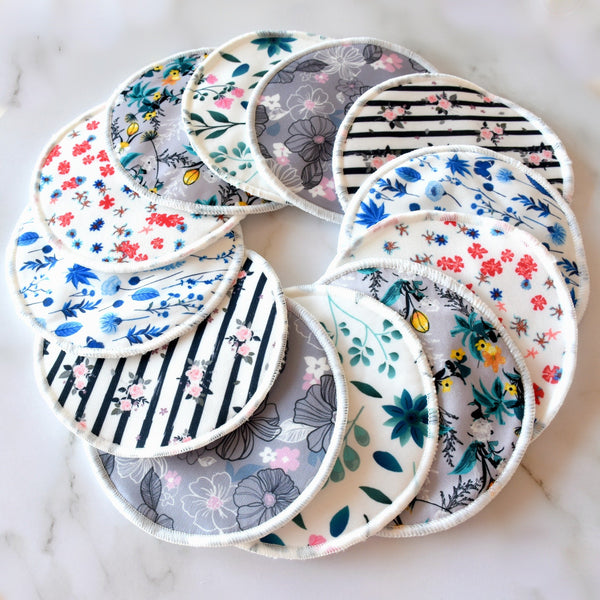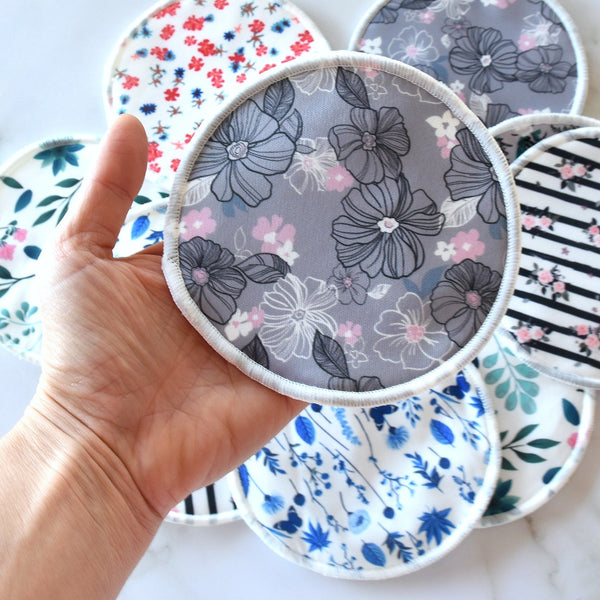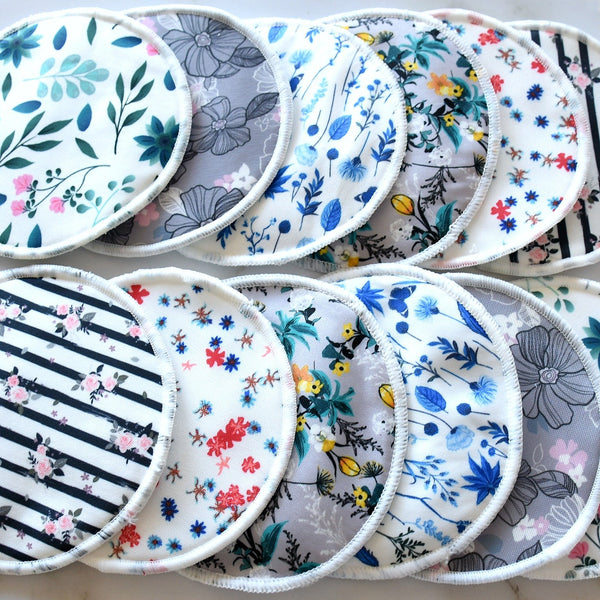Breastfeeding is a beautiful and natural journey that provides numerous benefits to both mother and baby. However, many new mums encounter a common challenge along the way: sore nipples. Sore nipples can cause discomfort, pain, and frustration, potentially impacting the breastfeeding experience. The good news is that with the right knowledge, techniques, and support, you can prevent and effectively treat sore nipples, ensuring a positive and comfortable breastfeeding journey. In this guide, we will explore practical strategies, tips, and remedies to help you prevent and alleviate sore nipples while breastfeeding.
I. Understanding the Causes of Sore Nipples
Sore nipples are a common concern for breastfeeding mums, and understanding the causes behind this discomfort is crucial for effective prevention and treatment. Let's explore the various factors that can contribute to sore nipples during breastfeeding.
A. Incorrect Latch
One of the primary causes of sore nipples is an incorrect latch. When the baby doesn't latch onto the breast properly, it can lead to excessive pressure, friction, and trauma to the nipple. This can result in pain, cracks, and soreness. An improper latch can be caused by factors such as shallow latch, nipple confusion (commonly seen in babies who are bottle-fed as well), or tongue-tie in the baby.
To prevent an incorrect latch, ensure that your baby's mouth is wide open, covering a significant portion of the areola. The baby's lips should be flanged outward, forming a seal around the breast. Seek guidance from a lactation consultant or breastfeeding support group if you're having difficulty achieving a proper latch.
B. Engorgement
Breast engorgement, a condition where the breasts become overly full and swollen, can also contribute to sore nipples. Engorgement occurs when there is an imbalance between milk production and removal, leading to increased pressure on the breast tissues. The swollen breasts can make latching more challenging, causing nipple soreness.
To manage engorgement, nurse frequently and ensure effective milk removal. Gently massaging the breasts before and during breastfeeding can help facilitate milk flow. Applying cold compresses or expressing a small amount of milk before latching can also soften the breasts, making it easier for the baby to latch.
C. Thrush
Thrush is a fungal infection caused by an overgrowth of Candida albicans, a type of yeast. It can affect both the mother's nipples and the baby's mouth, leading to sore and itchy nipples. The infection can develop when there is an imbalance in the natural flora of the body or when the baby has been exposed to the yeast through other means.
Common signs of thrush include nipple pain that persists after the initial latch, nipple redness, and shiny or flaky skin. If you suspect thrush, consult a healthcare professional for an accurate diagnosis and appropriate treatment, which may include antifungal medications for both you and your baby.
D. Tongue-Tie
Tongue-tie, also known as ankyloglossia, is a condition where the tissue connecting the baby's tongue to the floor of the mouth is unusually tight or short. This restricts the tongue's range of motion and can interfere with proper latch and milk transfer during breastfeeding. As a result, the baby may compensate by applying excessive pressure on the nipple, causing soreness.
If you suspect that your baby has tongue-tie, consult with a healthcare provider who can assess and diagnose the condition. Depending on the severity, treatment options may include a simple frenotomy procedure to release the tight tissue or working with a lactation consultant to improve latch and feeding techniques.
By understanding the causes of sore nipples, you can take proactive steps to prevent or address them. With proper latch techniques, managing engorgement, addressing thrush promptly, and addressing tongue-tie if necessary, you can promote comfortable and pain-free breastfeeding for both you and your baby.
II. Preventive Measures for Sore Nipples
Prevention is key when it comes to managing and avoiding sore nipples while breastfeeding. By implementing these preventive measures, you can significantly reduce the likelihood of nipple soreness and ensure a more comfortable breastfeeding experience. Let's explore effective strategies and techniques to promote healthy nipples and successful breastfeeding.
A. Achieving a Proper Latch
One of the most important factors in preventing sore nipples is achieving a proper latch. A correct latch ensures that the baby effectively extracts milk from the breast without causing unnecessary trauma to the nipple. Follow these steps to achieve a proper latch:
1. Positioning: Find a comfortable position for both you and your baby. Ensure that your baby's nose is facing the breast, and their body is aligned with yours.
2. Mouth Position: Encourage your baby to open their mouth wide by gently touching their lips with your nipple. When the mouth is open wide, bring the baby close to the breast, aiming for a deep latch.
3. Areola Coverage: Make sure your baby takes in a good portion of the areola, not just the nipple. The baby's mouth should cover both the nipple and a significant portion of the darker area surrounding it.
4. Signs of a Good Latch: Look for signs of a proper latch, such as the baby's lips flanged outward (not sucked inward), audible swallowing, and a comfortable sensation rather than pain.
B. Breastfeeding Positions
The breastfeeding position you choose can also impact nipple comfort and prevent soreness. Experiment with different positions to find what works best for you and your baby. Here are some popular breastfeeding positions to consider:
1. Cradle Hold: This classic position involves cradling the baby in your arm, with their head resting in the crook of your elbow. Make sure the baby's body is facing you, and their mouth is level with your nipple.
2. Football Hold: This position is useful for mothers who had a cesarean birth or those with larger breasts. Hold the baby's body under your arm, with their legs and feet tucked alongside your body.
3. Side-Lying Position: Lie down on your side, facing the baby. Align your baby's mouth with your nipple, and use pillows for support. This position can be helpful during nighttime feedings or when you need to rest.
4. Laid-Back Position: Also known as biological nurturing, this position allows both you and your baby to relax. Lie back comfortably and position your baby on your chest, allowing them to self-attach to the breast.
Experiment with these positions and find the one that offers the best comfort and optimal latch for you and your baby.
C. Nipple Care
Proper nipple care is essential for preventing soreness and maintaining healthy nipples. Here are some tips to promote nipple health:
1. Air-Drying: After each breastfeeding session, allow your nipples to air-dry. Avoid using towels or clothing to dry them, as this can cause friction and irritation.
2. Gentle Cleansing: During your regular shower routine, use warm water to gently cleanse your breasts. Avoid using harsh soaps, as they can strip the natural oils from your skin.
3. Organic nipple balm: Apply the balm to your nipples after each feeding. This helps moisturise and soothe any potential dryness or irritation. 100% natural edible nipple balms are the best, as you don't need to wipe before feeding.
4. Breast Milk Application: After nursing, express a few drops of breast milk and apply them to your nipples. Breast milk has antibacterial properties and can aid in healing.
D. Breast Engorgement Prevention
Breast engorgement can contribute to nipple soreness. By preventing or managing engorgement, you can reduce discomfort and promote better latch. Consider the following tips:
1. Frequent Feeding: Feed your baby frequently, aiming for 8-12 nursing sessions within 24 hours. This helps to maintain a balance between milk supply and demand.
2. Breast Massage: Gently massage your breasts before and during breastfeeding to encourage milk flow and prevent clogged ducts.
3. Warm Compresses: Apply warm compresses to your breasts before nursing to help stimulate milk flow and make latching easier.
4. Cold Compresses: Use cold compresses or chilled cabbage leaves on your breasts after feeding to reduce swelling and discomfort.
By implementing these preventive measures, you can significantly reduce the risk of sore nipples and promote a more comfortable breastfeeding experience. Remember, each mother-baby pair is unique, so don't hesitate to seek guidance from a lactation consultant or breastfeeding support group if you encounter challenges or need additional support.
III. Effective Remedies and Treatment for Sore Nipples
Despite your best efforts to prevent sore nipples, they can still occur. If you experience nipple soreness while breastfeeding, there are several effective remedies and treatments available to provide relief and promote healing. Let's explore these options to help you find the best solutions for your discomfort.
A. Moisturising and Soothing Techniques
Moisturising and soothing techniques can alleviate nipple soreness and promote healing. Consider the following remedies:
1. Warm Compresses: Apply a warm compress to your nipples for a few minutes before breastfeeding. The warmth can help increase blood flow, relax the muscles, and relieve pain.
2. Nipple Creams or Balms: Apply a nipple cream or balm containing shea butter, Bees wax, or other natural ingredients to your nipples after each feeding. These products help moisturise the skin and provide a protective barrier.
3. Breast Milk Application: Express a few drops of breast milk and gently massage it onto your nipples. Breast milk contains healing properties that can aid in soothing and repairing damaged skin.
4. Hydrogel Pads: Consider using hydrogel pads specifically designed for nipple soreness. These cooling pads provide instant relief and help promote healing.
B. Healing and Recovery Strategies
In addition to soothing techniques, specific strategies can aid in healing and recovery from sore nipples:
1. Nipple Shields: Nipple shields are thin, flexible silicone covers that can be placed over the nipples during breastfeeding. They can provide temporary relief by offering a barrier between the baby's mouth and the sore nipple. However, it's important to use nipple shields under the guidance of a lactation consultant to ensure proper usage and prevent potential latch issues.
2. Breast Shells: Breast shells can be worn inside your bra to protect sore nipples from rubbing against clothing. They provide a space between the nipple and the fabric, allowing air circulation and promoting healing.
3. Expressing Milk: If breastfeeding becomes too painful, consider expressing milk using a breast pump. This allows you to give your nipples a break while still providing your baby with the benefits of breast milk. Expressed milk can be fed to your baby through a bottle or alternative feeding method.
4. Lactation Consultant Support: If sore nipples persist or become severe, seek assistance from a lactation consultant. They can assess your breastfeeding technique, provide guidance on latching, and offer personalised recommendations to address your specific situation.
C. Seeking Professional Support
If home remedies and self-care techniques are not providing adequate relief, it's essential to seek professional support. A lactation consultant or healthcare provider can offer additional assistance and guidance. They may recommend specific treatments, such as:
1. Nipple Ointments: Prescription ointments containing ingredients like corticosteroids or antifungals may be necessary to address underlying issues such as inflammation or thrush.
2. Oral Medications: In cases of severe nipple pain or infection, oral medications may be prescribed to treat conditions like thrush or bacterial infections.
3. Alternative Therapies: Some mothers find relief through alternative therapies such as acupuncture, herbal remedies, or homeopathic treatments. It's crucial to consult with a healthcare provider experienced in these modalities to ensure their safety and effectiveness.
D. Alternative Pain Relief
If you prefer natural remedies for pain relief, consider the following options:
1. Cold Cabbage Leaves: Place chilled cabbage leaves directly on your breasts for approximately 20 minutes. The cooling effect can reduce inflammation and provide relief.
2. Herbal Compresses: Apply warm compresses infused with soothing herbs like chamomile or calendula to your nipples. These herbs have anti-inflammatory properties that can ease discomfort.
3. Warm Saltwater Rinses: Rinse your nipples with warm saltwater (1/4 teaspoon of salt per cup of water) to help cleanse and promote healing. Remember to rinse with plain water afterward to remove any residual salt.
Remember, every individual is different, and what works for one person may not work for another. It's essential to experiment with different remedies and treatments to find what provides the most relief for your specific situation. Be patient and kind to yourself as you navigate through the healing process.
By implementing these effective remedies and seeking professional support when needed, you can address sore nipples, promote healing, and continue to enjoy the beautiful journey of breastfeeding with your baby.
IV. Self-Care for Breastfeeding Mums
Taking care of yourself is essential when you're breastfeeding. Nurturing your physical and emotional well-being can help prevent and manage nipple soreness, promote a positive breastfeeding experience, and support your overall health. Here are some self-care practices for breastfeeding mums to prioritise:
1. Rest and Sleep: Adequate rest is crucial for your body's healing and recovery. Take advantage of nap times or ask for support from your partner or loved ones to get enough sleep. Listen to your body and prioritise rest whenever possible.
2. Balanced Nutrition: A well-balanced diet is vital for maintaining your energy levels and providing the necessary nutrients for breastfeeding. Focus on consuming nutrient-dense foods, including fruits, vegetables, lean proteins, whole grains, and healthy fats. Stay hydrated by drinking plenty of water throughout the day.
3. Gentle Exercise: Engaging in gentle exercises, such as walking or postpartum yoga, can promote blood circulation, reduce muscle tension, and improve your overall well-being. Check with your healthcare provider for guidance on suitable exercises during the postpartum period.
4. Breast Health: Pay attention to your breast health by monitoring for any changes, such as redness, lumps, or persistent pain. Perform self-breast exams regularly and seek medical attention if you notice anything unusual.
5. Emotional Support: Surround yourself with a support system of family, friends, or other breastfeeding moms who can provide understanding, encouragement, and emotional support. Joining a breastfeeding support group or seeking guidance from a lactation consultant can also be beneficial in addressing any concerns or challenges you may encounter.
6. Stress Management: Breastfeeding can be physically and emotionally demanding. Practice stress management techniques such as deep breathing, meditation, or engaging in activities that bring you joy and relaxation. Taking time for yourself can help reduce stress and promote a positive mindset.
7. Self-Compassion: Be kind to yourself and acknowledge the tremendous effort you're putting into breastfeeding. Understand that challenges may arise, and it's okay to seek help when needed. Embrace self-compassion and remember that you're doing the best you can for yourself and your baby.
Remember, self-care is not selfish; it's a vital part of being a nurturing and attentive mother. By prioritising your own well-being, you'll be better equipped to provide the care and support your baby needs during this special breastfeeding journey.
Conclusion:
Breastfeeding is a remarkable journey that provides nourishment, bonding, and numerous benefits for both mother and baby. While sore nipples can pose challenges along the way, there are effective strategies to prevent and treat them, allowing you to experience the joys of breastfeeding more comfortably. By understanding the causes of sore nipples, implementing preventive measures such as achieving a proper latch, trying different breastfeeding positions, practicing nipple care, and managing breast engorgement, you can significantly reduce the risk of nipple soreness.
In cases where soreness does occur, there are various remedies and treatments available. Moisturizing and soothing techniques like warm compresses, nipple creams, and breast milk application can provide relief and promote healing. Seeking professional support from lactation consultants or healthcare providers can offer personalized guidance and assistance. Additionally, alternative pain relief options and self-care practices such as rest, balanced nutrition, gentle exercise, emotional support, stress management, and self-compassion play vital roles in maintaining your well-being throughout your breastfeeding journey.
Remember, every breastfeeding experience is unique, and it may take time to find what works best for you and your baby. Don't hesitate to reach out for support and guidance from healthcare professionals, lactation consultants, or support groups. With perseverance, patience, and self-care, you can overcome nipple soreness and create a positive and fulfilling breastfeeding experience for both you and your baby. Embrace the beautiful moments of connection, nourishment, and love that breastfeeding brings, knowing that you are providing the best for your little one.

